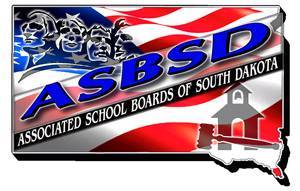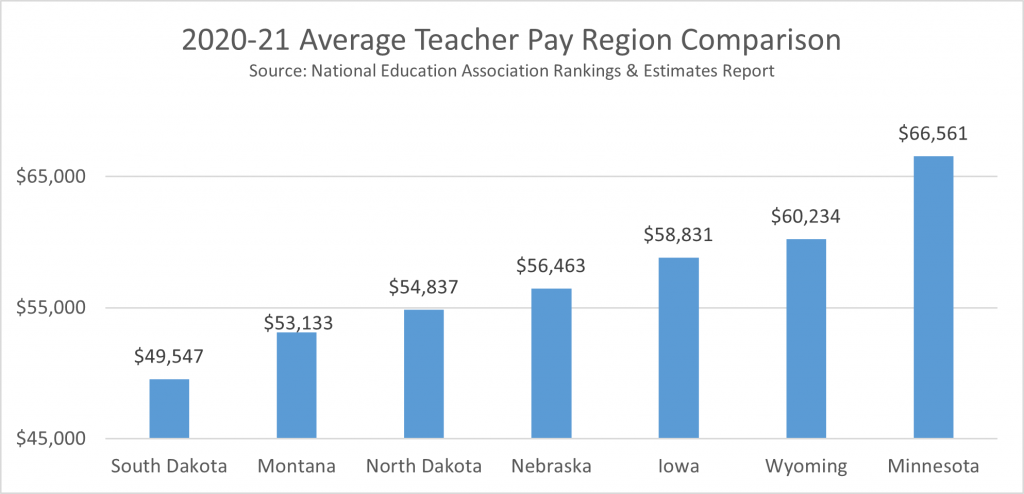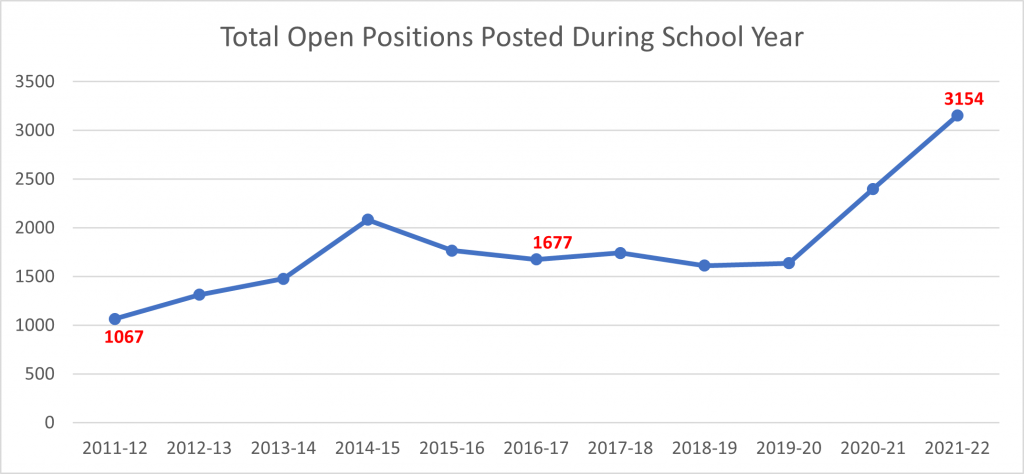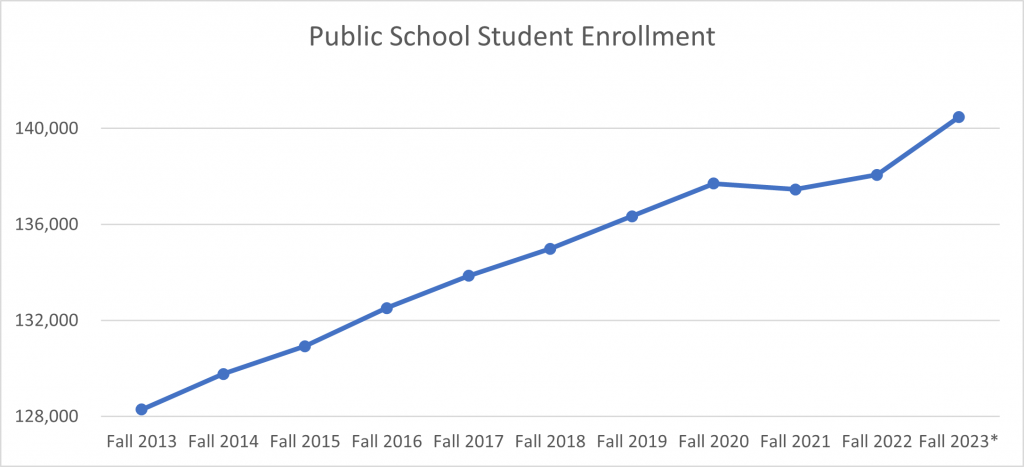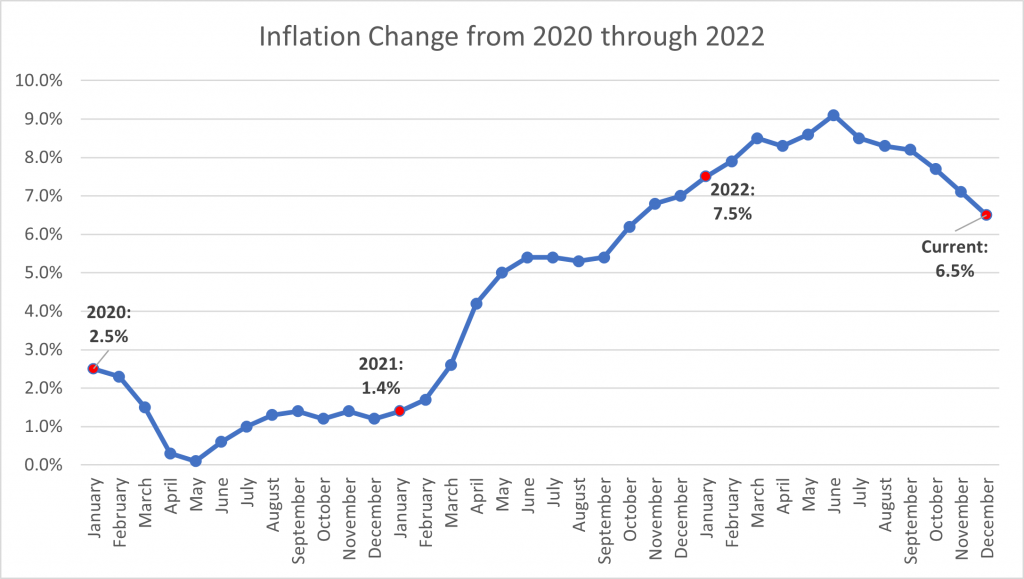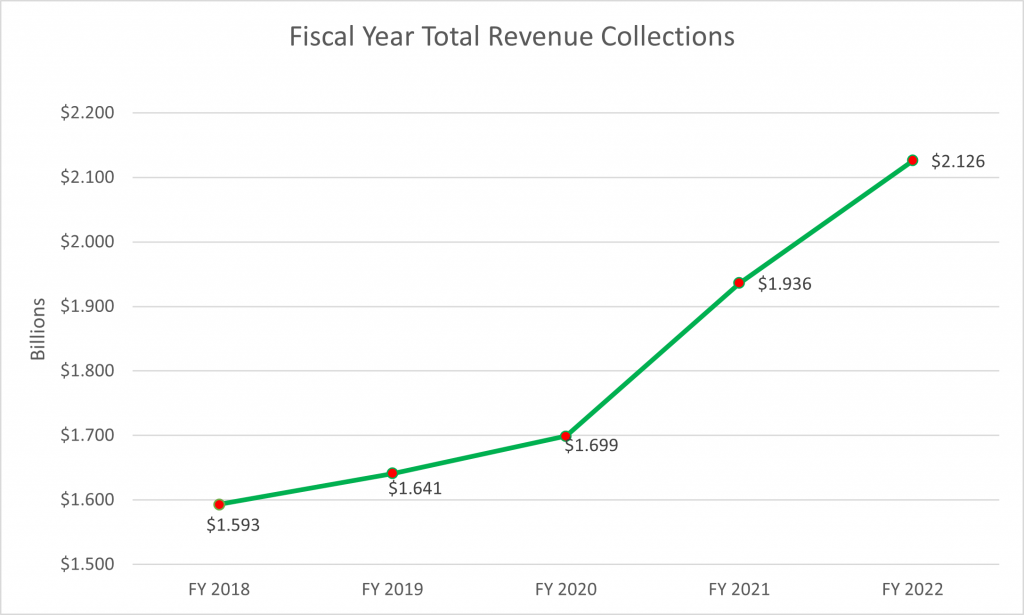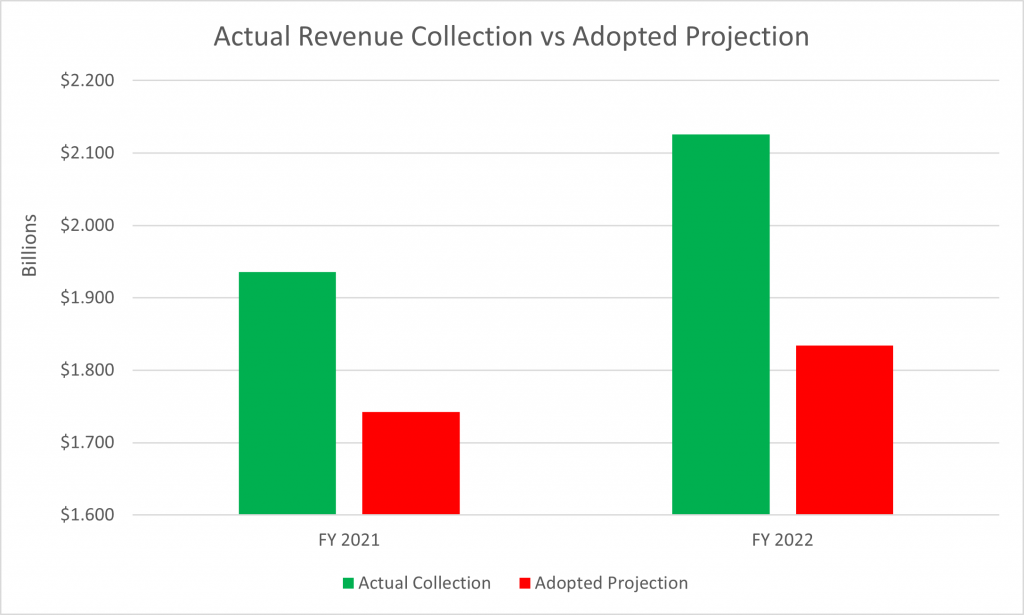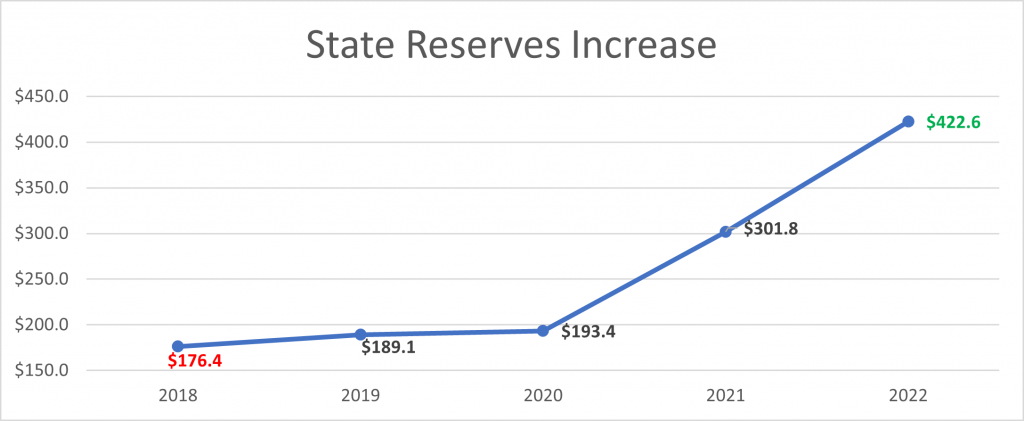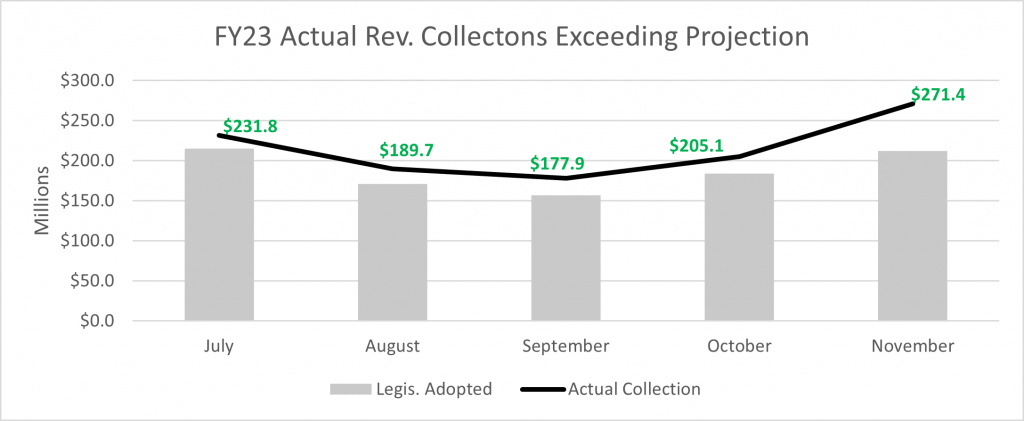Neighbor States Widening Teacher Pay Gap
The average teacher salaries in South Dakota continue to lag behind our neighboring states with SD’s teachers the only state of the group of seven not top $50,000 in average teacher pay in 2020-21 and facing a growing gap.
The closest regional competitor, Montana, is more than $3,500 ahead of South Dakota, which is an increase from the 2019-20 school year of more than $400.
East and West River border states show a gap of more than $10,000 in average teacher pay.
While our neighbors to the north and south of the state – North Dakota and Nebraska – increased their average teacher pay by more than $1,000 from 2019-20 to 2020-21 while South Dakota’s increase in that same time period was just under $600.
South Dakota’s high point in the national teacher pay rankings came in 2018 when we reached 47th, two years after half-penny addition to the sales tax to help increase teacher pay. Three years later, the state has dropped back to 50th in the nation.
| SD’s National Average Teach Pay Rankings | |||||
| 2016 | 2017 | 2018 | 2019 | 2020 | 2021 |
| 51st | 48th | 47th | 48th | 50th | 50th |
Teacher Openings Exceeding Record Levels
The ASBSD Teacher Placement Center, which is a website for school districts to post open positions in their schools, saw more than 3,000 positions posted during the 2021-22 school year – the highest total ever recorded in 10 school years of tracking open postings.
The 3,154 open positions posted during the 2021-22 school year is nearly double the number positions posted in 2016-17, which was the school year following the implementation of the funding increase to schools following the passage of the half-cent increase in the sales tax.
Thus far through the 2022-23 school year, posted position openings on the ASBSD Teacher Placement Center continue to climb with the number of openings in December reaching 176 – more than 100 positions more than in 2015-16, which was the year prior to the half-cent sales tax funding increase.
December’s total open positions posted brought 2022’s calendar year tally to 3,269. The figure is the first time ASBSD’s Teacher Placement Center has exceed 3,000 posted position openings in a calendar year, almost double the number posted in 2020 of 1,696 & just shy of tripling the 1,095 posted in 2012.
Enrollment Figures Continuing to Grow
More than 12,000 students have been added to the K-12 public school system in the past 10 years.
With more students comes the need for more resources, services, staff members and teachers. As student enrollment increases, funding levels must meet the enrollment growth to continue to provide the excellent public education currently provided in public school districts.
*Estimated enrollment based on Gov. Noem’s Fiscal Year 2024 budget proposal.
Inflation Remains High
Inflation rates have climbed drastically since January of 2020 when the inflation rate sat at 2.5 percent and declined from there. However, it’s ascent began soon after 2021 started and was consistently above 7 percent until December of 2022 when it reached 6.5 percent with a peak of 9.1 percent in June.
With inflation rates more than double what they were in 2020, public schools are paying high costs for goods and services, strain to give teachers and staff members raises that keep up with cost of living increases and will struggle to catch up in either area without funding increases above inflation.
Revenue Collections Increasing & Exceeding Expectations
In the past five fiscal years, revenue collections have grown by more than $500 million.
In Fiscal Years 2021 & 2022, revenue collection projections adopted during their respective legislative sessions have missed the actual collection totals by more than nine-figures in each year.
Fiscal Year 2021’s actual collection was approximately $194 million higher than the adopted projection while FY22’s actual collection was approximately $292 million more than adopted.
State Reserve Increased By 140% While FY23 Collections Surpassing Projections
Since the end of Fiscal Year 2018, when the state’s reserve fund was at $176.4 million, there has been a 140 percent increase to the total in the fund, as it finished FY22 at $422.6 million.
Note: in Fiscal Year 2021 in the state’s press release on the end of the fiscal year finances, the totals of the state’s budget reserve fund and the state’s general revenue replacement fund were combined.
Fiscal Year 2023’s total revenue collections through November are $135 million more than the projections adopted during the 2022 legislative session. Through the first five months of FY23 the actual revenue collections total of $1.075 billion is more than halfway to the legislature’s adopted revenue collection total for FY23 of $2.067 billion.
The current proposed increase of 5 percent costs the state $24 million and if the total increase was raised to 8 percent, it would require only about $14 million more for a total increase in new funding for public schools of just above $38 million.
State Constitutional Obligation To Fund Public Schools
Article VII, Section 1 of the South Dakota Constitution states: “The stability of a republican form of government depending on the morality and intelligence of the people, it shall be the duty of the Legislature to establish and maintain a general and uniform system of public schools wherein tuition shall be without charge, and equally open to all; and to adopt all suitable means to secure to the people the advantages and opportunities of education”.
Public schools are the only institution of government required to be funded by the state Legislature.
